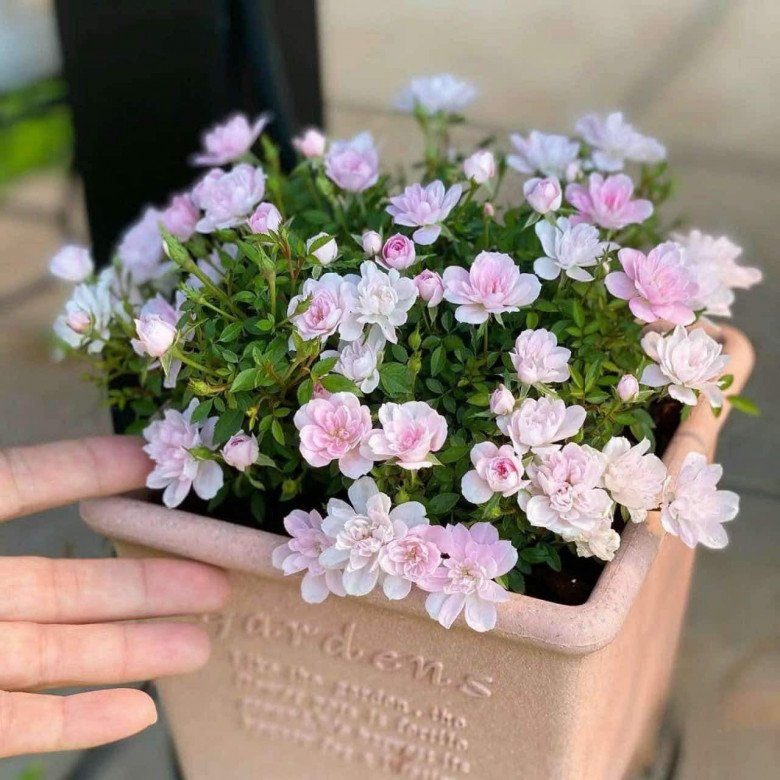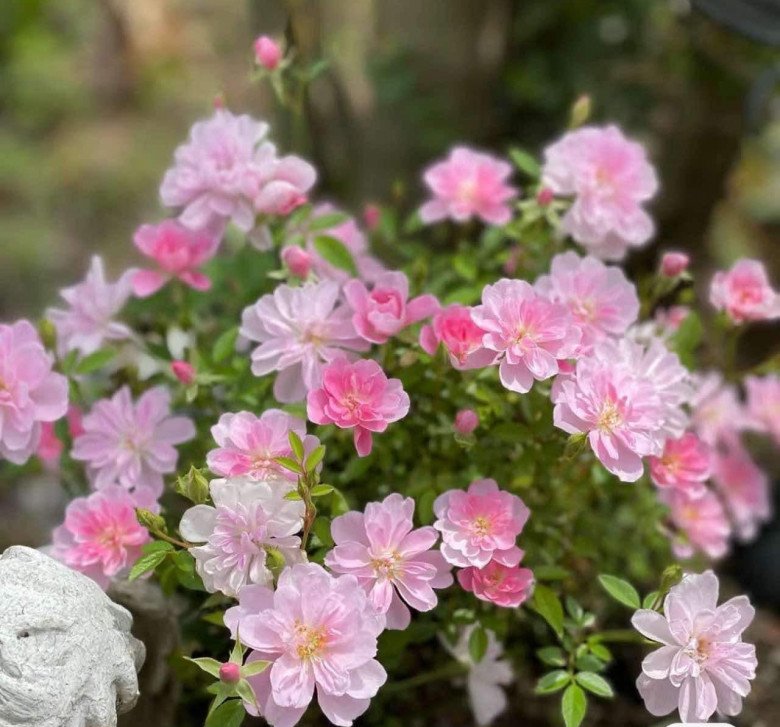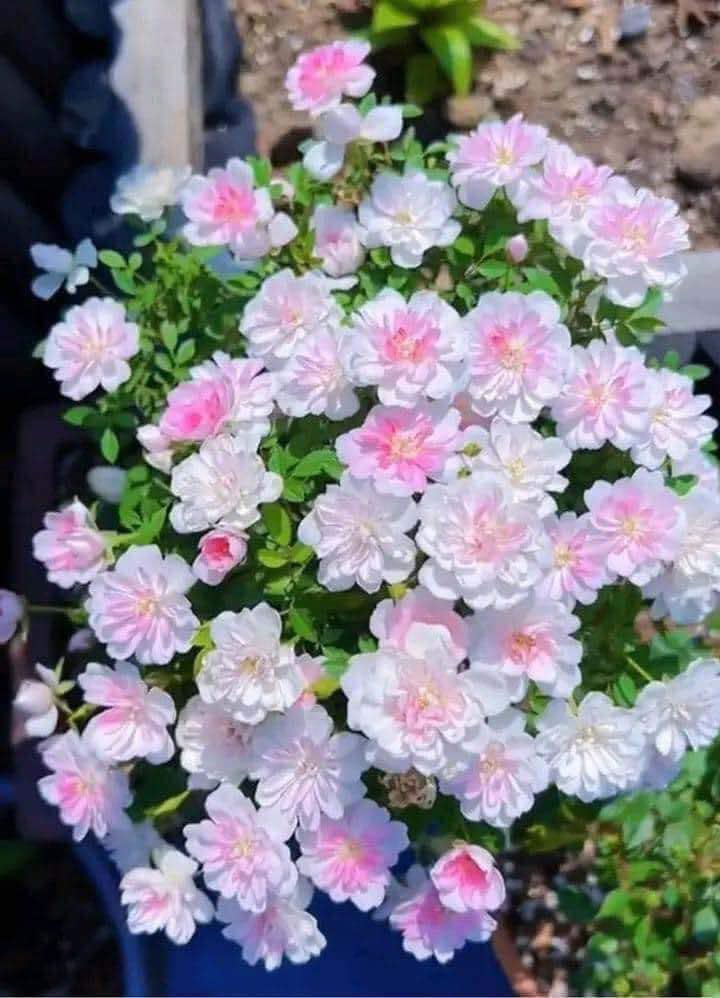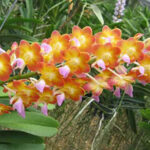The English name for this rose variety is Hime otome rose, derived from the Japanese words “hime,” meaning princess or fairy, and “otome,” representing a young, unmarried woman. This name celebrates the delicate beauty and charm of this unique rose species.

Hime otome roses are petite and graceful, with a diameter of approximately 2cm. The blooms showcase a delicate pink hue that gradually transforms into pristine white, creating an enchanting display.
Despite their small size, these roses exude a delightful fragrance that is subtle and pleasing to the senses.

Hime otome roses symbolize daintiness, adorability, and elegance, with underlying romantic connotations. They embody the essence of love and serve as a reminder of life’s delicate beauty.
Given their compact size, these roses are ideal for interior decoration. Place a pot on your desk, in the living room, or on your balcony, and watch as they infuse your space with poetry and vitality.

Cultivation and Care Tips for Hime Otome Roses
These roses can be propagated like other rose varieties, or you can purchase them directly from gardeners for quicker blooming. Hime otome roses are remarkably resilient and do not require extensive care.
However, to ensure continuous blooming, consider the following factors:
– Soil: Hime otome roses thrive in well-drained, airy soil enriched with organic matter. Maintain a pH level between 6 and 6.5. Given their small size, these roses are best suited for small pots with drainage holes to prevent waterlogging, which can be detrimental to the roots.

– Light: Like their rose cousins, Hime otome roses relish sunlight. Ensure they receive a minimum of four hours of sunlight daily for optimal growth and flowering. Insufficient sunlight may result in stunted growth and reduced blooming.
– Watering: Maintain a consistent watering schedule, especially during dry seasons, to keep the soil moist.
– Fertilization: Due to their continuous blooming habit, regular fertilization is essential. Opt for organic or rose-specific fertilizers for the best results.
– Pruning: After the flowers bloom, prune away old blooms, dry leaves, and diseased branches to maintain the plant’s shape and encourage new growth.
Unveiling the Charm of Vietnam’s National Dog Breed: The Phu Quoc Ridgeback
The Móng Cộc is Vietnam’s beloved native dog breed, and rightfully so. This unique canine has a rich history and is an integral part of the country’s cultural heritage. With their loyal nature and distinctive appearance, the Móng Cộc has earned the title of Vietnam’s national dog. In this article, we delve into the fascinating world of these remarkable dogs and explore what makes them such a cherished symbol of Vietnam.
The Ultimate Guide to Raising a Healthy and Happy Dog: A-Z Tips for Puppy Care and Wellbeing
When it comes to raising a healthy and happy dog, it’s natural to want to avoid those niggling health issues that can impact your furry friend’s well-being. Join us as we explore an A-Z guide to dog care, with expert tips to promote your pup’s growth and overall health. Let’s ensure your beloved canine companion thrives!
The Magic of Scented Orchids: A Guide to Cultivating and Caring for These Fragrant Flowers
“Orchid Dendrobium is a stunning and vibrant orchid species with an extensive range of colors. In this article, we will delve into the fascinating world of this exquisite plant and explore its beauty and unique characteristics. Join us on this journey as we uncover the secrets of the enchanting Dendrobium orchid.”






































